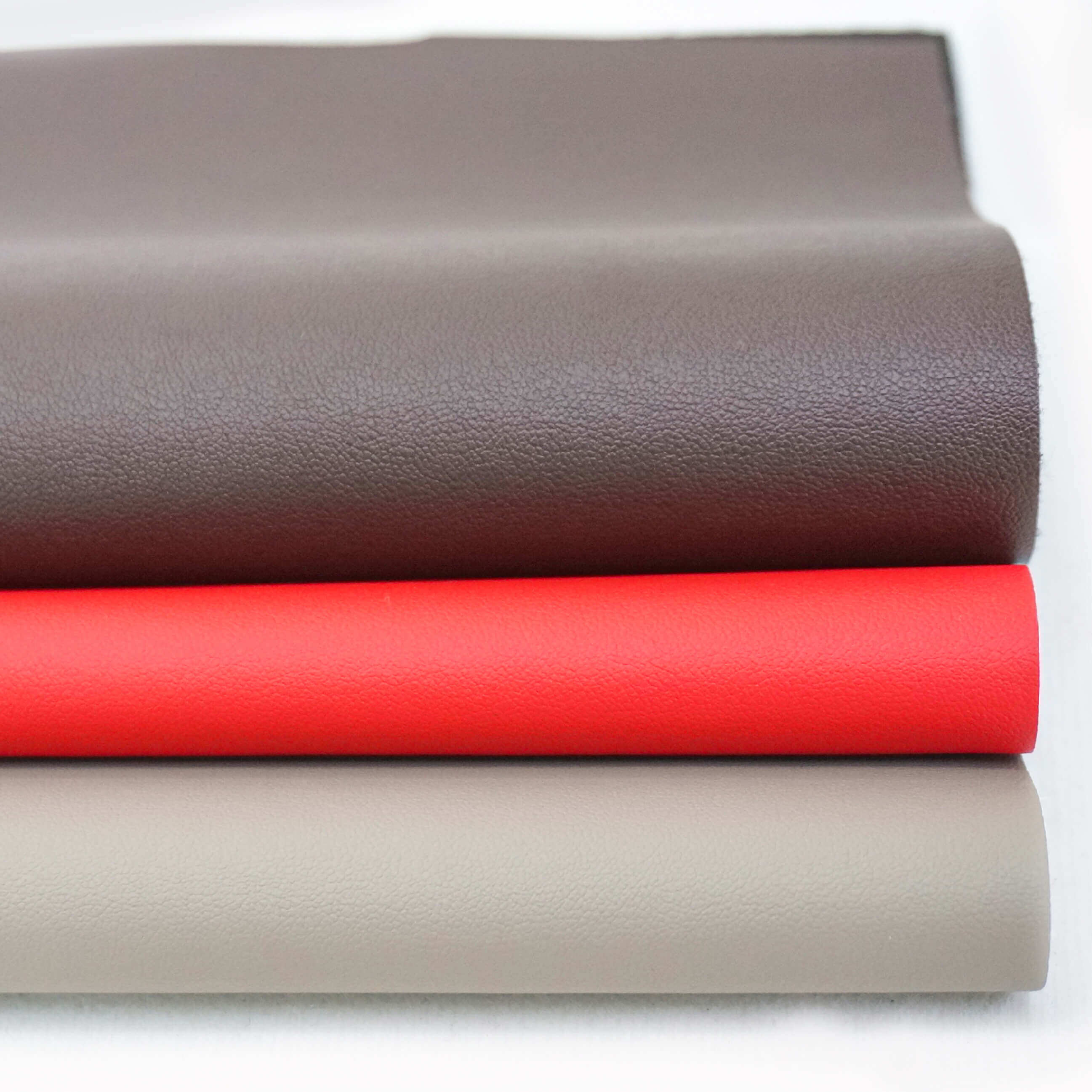Email format error
Email cannot be empty
Email already exists
6-20 characters(letters plus numbers only)
The password is inconsistent
Email format error
Email cannot be empty
Email does not exist
6-20 characters(letters plus numbers only)
The password is inconsistent

News

PU Leather vs. Real Leather Sofas: A Comprehensive Comparison
Introduction
In the world of furniture, the debate between PU leather and real leather sofas continually surfaces. This comparison aims to shed light on the distinctions between these two materials, offering consumers an informed perspective when making purchasing decisions.
Understanding PU Leather
Definition and Composition
PU leather, also known as faux leather or synthetic leather, is an artificial material designed to mimic the appearance of genuine leather. Comprising a blend of polyurethane (PU) and other polymers, this material undergoes manufacturing processes to achieve its leather-like texture and appearance.
Characteristics and Appearance
One of PU leather's defining features is its uniform texture, often lacking the natural imperfections found in genuine leather. While it may not possess the same organic variations, PU leather offers a consistent appearance, making it suitable for contemporary interior designs.
Understanding Real Leather
Definition and Sourcing
Real leather originates from animal hides, which undergo tanning processes to transform raw material into a durable and versatile material. Depending on the type—whether full-grain, top-grain, or bonded—the quality, texture, and characteristics can vary significantly.
Characteristics and Appearance
Unlike its synthetic counterpart, real leather boasts natural variations, textures, and aging properties. Over time, real leather develops a patina, enhancing its aesthetic appeal and individuality.
Comparative Analysis: Appearance and Aesthetics
When comparing PU leather and real leather sofas side by side, discernible differences emerge. While PU leather offers a consistent look suitable for modern settings, real leather exudes a timeless elegance, complementing both traditional and contemporary décor.
Comparative Analysis: Durability and Longevity
In terms of longevity, real leather sofas often outperform their PU leather counterparts. Genuine leather possesses inherent durability, with proper care ensuring decades of use. Conversely, while PU leather sofas offer affordability and accessibility, they may show signs of wear and tear more quickly.

Maintenance and Care
Cleaning Methods and Products
Maintaining the pristine condition of PU leather and real leather sofas necessitates distinct care approaches. For PU leather, gentle cleaning solutions and microfiber cloths prove effective, while real leather benefits from specialized conditioners and occasional professional treatments.
Protection Against Wear
Both PU leather and real leather sofas benefit from preventive measures. For PU leather, avoiding prolonged exposure to sunlight and sharp objects can prolong its lifespan. In contrast, real leather requires periodic conditioning to preserve its natural oils and resilience.
Comfort and Feel: Evaluating User Experience
While PU leather sofas offer a consistent feel and temperature neutrality, real leather provides a luxurious tactile experience, adapting to ambient temperatures and user preferences. Understanding these nuances ensures optimal comfort and satisfaction.
Cost Considerations: Investing in Quality
While PU leather sofas present a cost-effective alternative, real leather's longevity and timeless appeal justify the higher initial investment for many consumers. Balancing budget constraints with durability and aesthetic preferences remains crucial.
Environmental and Ethical Implications
From an environmental standpoint, PU leather production often entails fewer ecological impacts than traditional leather tanning processes. However, ethical considerations surrounding animal rights and sustainable leather sourcing warrant thoughtful evaluation.
Consumer Insights and Market Trends
Consumer preferences for PU leather vs. real leather sofas vary based on individual tastes, budget considerations, and lifestyle factors. As market trends evolve, innovations in sustainable materials and design aesthetics continue to shape consumer choices.
Conclusion
Navigating the PU leather vs. real leather sofa debate requires a nuanced understanding of material characteristics, durability, aesthetics, and ethical considerations. By weighing the pros and cons of each material, consumers can make informed decisions aligned with their preferences, values, and long-term goals.

